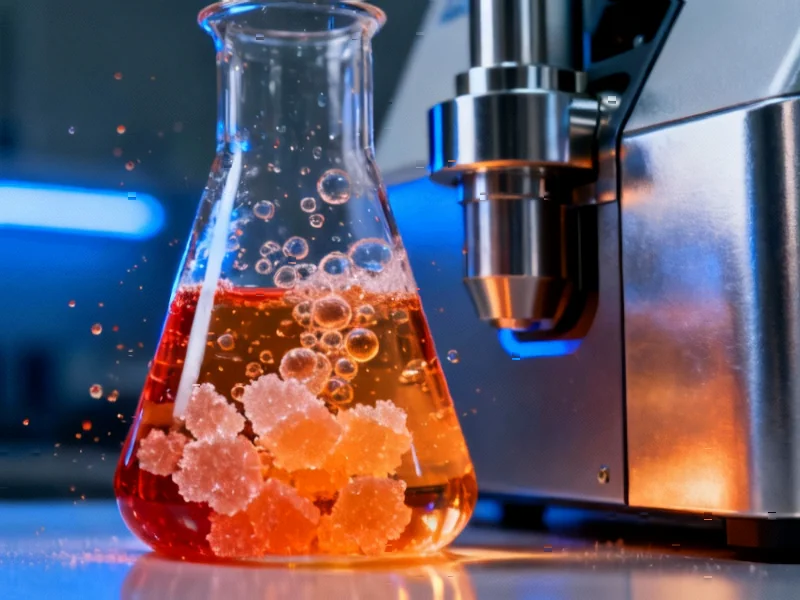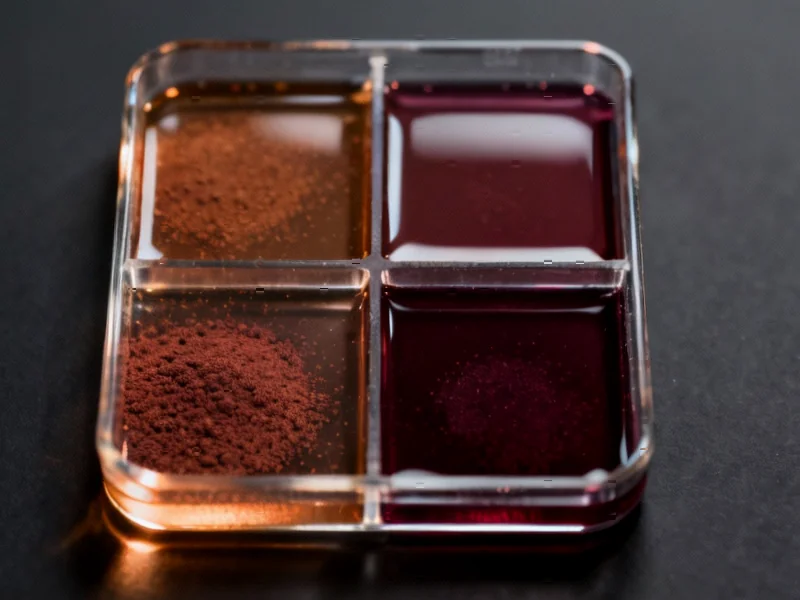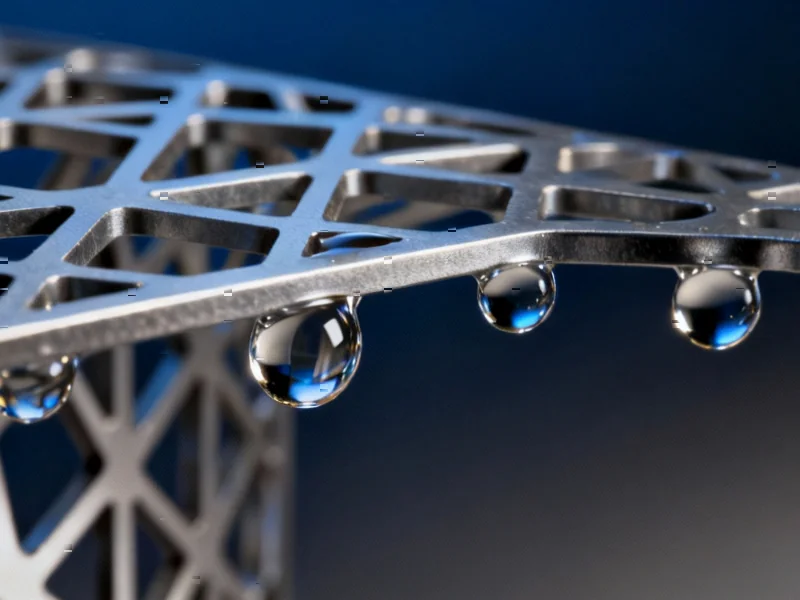The Red Mud Challenge: Turning Waste into Resource
In a significant advancement for sustainable resource recovery, researchers have developed an optimized process for extracting valuable rare earth elements (REEs) from red mud—the toxic byproduct of aluminum production. With millions of tons of this hazardous material accumulating globally each year, this breakthrough represents a potential double victory: reducing environmental waste while securing critical materials for modern technologies., according to technology insights
Table of Contents
Methodology: Systematic Approach to Maximum Recovery
The investigation began with comprehensive mineralization procedures using 1-gram red mud samples at 373.15 K to determine baseline REE content. Researchers employed a sophisticated analytical approach, using aqua regia digestion with hydrofluoric acid addition to ensure complete leaching, followed by precise elemental analysis using ICP-OES instrumentation. Rigorous quality control measures included triplicate testing and multiple verification trials to guarantee data reliability.
The initial phase involved screening multiple organic acids—citric acid, ascorbic acid, p-Toluenesulfonic acid, and acetic acid—at concentrations of 1 mol/L and 2 mol/L across varying time intervals (60, 120, and 180 minutes). The solid-to-liquid ratio remained constant at 1:50 g/mL throughout these preliminary investigations., according to industry experts
Citric Acid: The Unexpected Performer
Among all tested reagents, citric acid demonstrated superior leaching efficiency for rare earth elements, significantly outperforming other organic acids. This unexpected dominance appears to stem from citric acid’s enhanced complexing ability with rare earth metals, forming stable complexes that facilitate more effective extraction from the red mud matrix., according to additional coverage
“The consistent outperformance of citric acid across all experimental conditions marked a decisive turning point in our research,” the study notes, highlighting how this finding redirected subsequent optimization efforts exclusively toward citric acid-based processes., as as previously reported
Optimization Through Advanced Statistical Modeling
Researchers employed sophisticated response surface methodology (RSM) using Central Composite Design (CCD) through Stat-Ease’s Design Expert software to systematically optimize three critical parameters: temperature, leaching time, and citric acid concentration. The experimental design incorporated 20 runs, including factorial points, axial points, and center point replicates, creating a comprehensive dataset for model development.
The statistical analysis revealed compelling insights about parameter influence:
- Leachant concentration (Factor A): Dominant factor accounting for 63% of model variance
- Temperature (Factor B): Significant contributor representing 27% of variance
- Leaching time (Factor C): Important factor contributing approximately 7%
- Interaction effects: Combined contribution of approximately 3%
Statistical Validation and Model Reliability
The two-factor interaction (2FI) model demonstrated exceptional statistical significance, with an F-value substantially greater than unity and a remarkably low P-value (<0.0001). The correlation coefficient (R) of 0.97 indicates that 97% of the variability in leaching efficiency can be explained by the model parameters, while the adjusted R-value of 0.96 further confirms model robustness.
“The statistical validation provides strong confidence in the model’s predictive capabilities,” the research emphasizes, noting that all three primary factors demonstrated statistical significance with p-values below 0.0001.
Industrial Implications and Future Applications
This research represents more than an academic exercise—it offers a practical pathway for transforming industrial waste into valuable resources. The optimized citric acid process provides an environmentally friendly alternative to conventional leaching agents, potentially enabling more sustainable rare earth production while addressing the growing challenge of red mud disposal.
The methodology developed through this research could be scaled for industrial application, offering aluminum producers an opportunity to create additional revenue streams while mitigating environmental liabilities. As global demand for rare earth elements continues to grow across electronics, renewable energy, and defense sectors, such waste-to-resource technologies become increasingly valuable.
Future research directions may include scaling the process to pilot and industrial levels, exploring citric acid recovery and recycling within the process, and investigating potential applications for other industrial wastes containing valuable metals.
Related Articles You May Find Interesting
- Energy Storage Breakthroughs Drive Next Wave of Wind Power Innovation
- Beyond Splicing: How TDP-43 Loss Rewrites RNA’s Final Chapter in Neurodegenerati
- New AI Model Overcomes Data Bias to Revolutionize Drug Discovery Predictions
- Coldriver’s NoRobot Malware Marks Strategic Shift in Russian Cyber Espionage
- New Research Reveals TDP-43’s Role in RNA Processing Errors in Neurodegenerative
This article aggregates information from publicly available sources. All trademarks and copyrights belong to their respective owners.
Note: Featured image is for illustrative purposes only and does not represent any specific product, service, or entity mentioned in this article.


